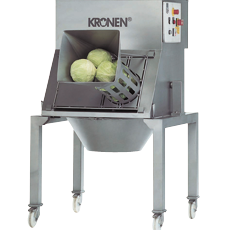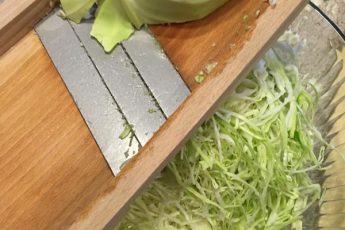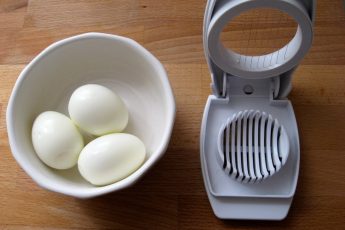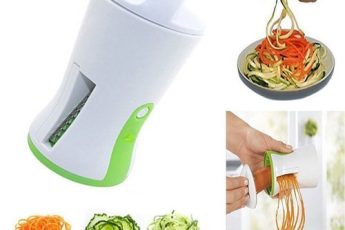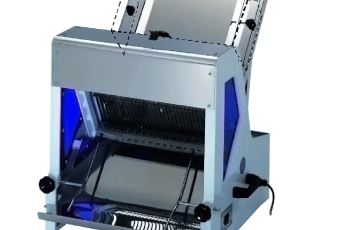Cabbage Cutter Basics – Ultimate Guide To Cabbage Cutters
When shopping for a new set of cabbage cutters, it’s important to understand the shapes, sizes, and functions of these kitchen tools. Here’s a brief look at a few of the most popular models:
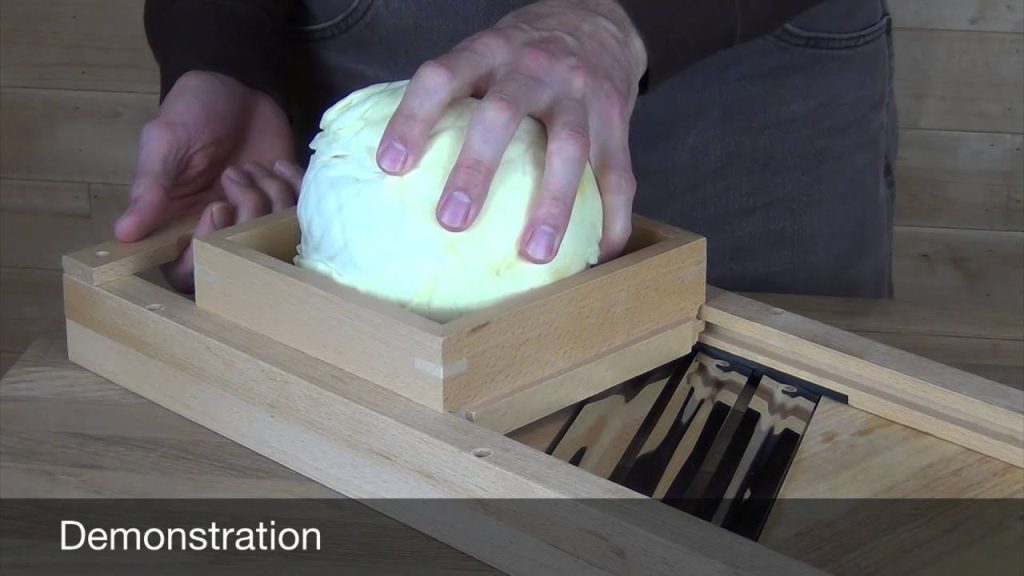
Sizes
There are many sizes of cabbage cutters. You can find one that is perfect for your specific need. You can use a mandoline for a variety of cutting tasks. They are very durable and allow you to adjust the thickness. A mandoline feels solid and sturdy in your hand, so you won’t worry about slicing your fingers when you’re cutting vegetables. You can also use a glove to protect your hands if you have big hands.
This mandolin features stainless steel blades that are easy to sharpen. Its all-wood construction is made of sustainably grown poplar that’s cured longer than usual to prevent warping. A mandoline is the best option for slicing cabbage, but it can’t shred it thin enough. The problem is that food processing reduces the cabbage’s size to a point where you can’t get the best slices.
One popular shredder is the Kraut. These shredders slide up and down while applying pressure to the cabbage. Although actual sizes are slightly different, they’re all made of durable stainless steel and have a food-grade plastic carriage. They feature a fully adjustable blade, ensuring uniform shredding. There’s nothing worse than making a slice that is too thin or too thick. And a mandoline is too big or too small for a quarter-sized cabbage.
Shapes
Three bladed design delivers smooth cutting action with great results. The blades are ultra-sharp stainless steel and feature a durable design. This model measures 23″ x 9″ and features a sliding safety guard that protects your fingers. The comfortable finger holds help you control the knife as you slice. The stainless steel cutter is dishwasher safe. This model features three blades for cutting cabbage. Compared to other cutters, this one is smaller and lighter than its competitors.
There are three basic shapes of cabbage cutters. Some are round, rectangular, and oblong. The shapes of these cutters can be customized to meet the individual needs of each customer. Some cutters have blades that slice the cabbage into thin or wide strips, while others are designed for long, straight slices. For optimum cutting results, select a cutter with angled blades. They will also prevent the vegetable from jumping as you slice it.
For wedges, first cut the stem. Trim off the lower center portion of the cabbage. This will remove the tough core. Once you have removed the stem and the center, slice the cabbage thinly across the blade. Cut to 1/4 to 1/8 inch thick. You can also cut wedges lengthwise. You can leave the stem and core attached if you want shorter pieces. After cutting, you can slice the wedges in half again and arrange them on a plate.
Aside from cutting cabbage into wedges, cabbage slicers also feature a material push plate. This plate drives materials through the cutting mechanism, which comprises blades arranged in a parallel row. In addition, a rolling wheel set is arranged at the material outlet end. Upon cutting through the blades, materials are clamped and sent out of the cutter. Aside from being durable, these slicers are easy to use and stable.
Functions
Cabbage cutters come in two basic types: vertical and horizontal. Vertical slicers produce narrow ribbon-like cuts while horizontal slicers produce wider ribbons. Vertical slicers are an ideal entry-level option; horizontal slicers are more expensive. A good choice for a small kitchen is a $30 or $60 vertical slicer. The price difference between the two cutters can be significant, especially considering the fact that the vertical slicer is a cheaper option.
The kraut cutter was originally a wooden box with a scythe blade attached to the bottom. Later on, kraut cutters became more refined, featuring two or three blades and a holder to keep the user’s hands away from the cutting blades. Homemade sauerkraut was first popularized in America in 1848, and some people still make it today. While some people have gotten rid of this tradition, many others are still making it.
Materials
The construction of a good cabbage slicer involves three main parts: a feed port, material push plate, and slicing mechanism. The material push plate drives materials into the slicing mechanism, and the blade frame guides the material through the cutting blades. The frame also houses the blades, which are arranged parallel. When a user turns the lever, the blades slice through the material and send them out. A good slicer is durable, reasonably designed, and easy to operate.
When selecting a quality cutter, it is important to choose a product that offers precision. A good shredder has three blades, a protective holder, and a sturdy wooden construction. The blades should be sharp and of the right length for the desired thickness. In addition to that, a good shredder should offer sharp cuts and replaceable blades, allowing the user to get a longer lifespan.
The materials for a good slicer may be the same or slightly different from a standard kitchen slicer. Electric slicers, for example, are very expensive and require complex cleaning. They also make a lot of noise. Using a manual slicer to shred cabbage will result in uneven and unsatisfactory results. But, if you don’t mind cutting your own vegetables, an inexpensive and simple solution is to build a homemade version.
Price
When it comes to making sauerkraut, cabbage cutters are a must-have kitchen tool. Although it was once done by hand, today they can help you make delicious, healthy kraut in a flash. In fact, sauerkraut making was first recorded in America in 1848. These tools are made of heavy duty wood with German-made, razor-sharp cutting blades. They measure 23 1/2 inches by 9 inches and 14 inches by six inches.
Despite being popular and useful, not all cabbage cutters are created equally. Some have adjustable blades, while others are designed to slice through cabbage with minimal effort. The price of the cutters varies widely, but most cost around $20 to $30. If you’re looking to spend as little money as possible, pick one with a low price tag and good customer reviews. Even if the cutters you choose are more expensive, you’ll have better quality shredded kraut than ever before.

